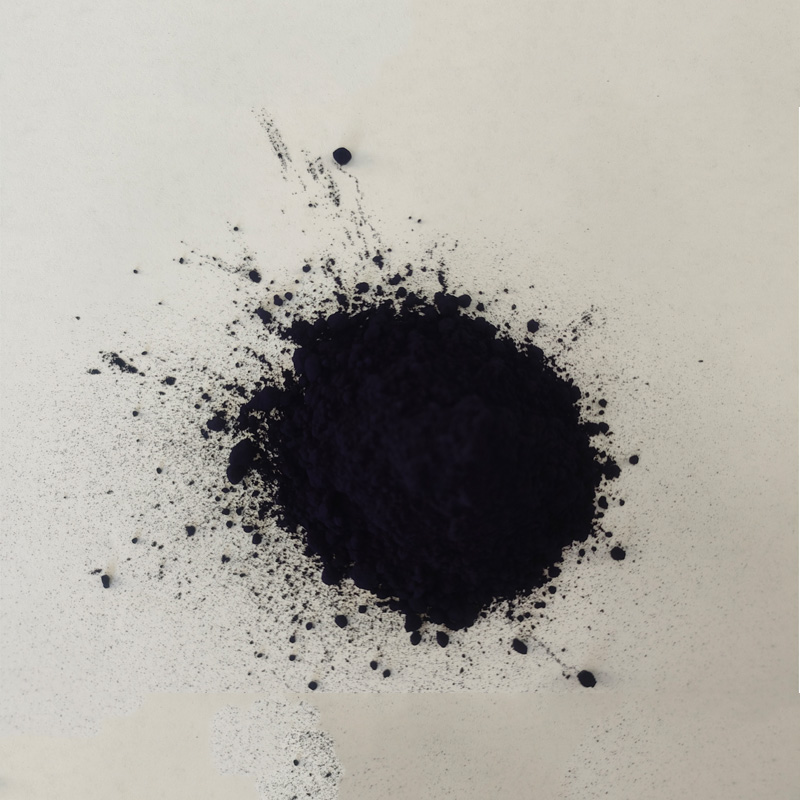Exploring the Historical Impact of Indigo Trade Between China and India Throughout the Centuries
The Historical Significance of Indigo in China and India
Indigo, a deep blue dye derived from the plant Indigofera, has a rich and vibrant history in both China and India, showcasing the cultural exchanges and trade that have shaped the regions over the centuries. This article explores the significance of indigo in both countries, highlighting its historical uses, economic importance, and cultural resonance.
The Origins and Production of Indigo
In India, the use of indigo dates back to antiquity. The ancient texts reveal that Indian craftsmen were already dyeing textiles with indigo as early as 2500 BCE. The country became renowned for its high-quality indigo, particularly from regions like Bengal. The process of extracting the dye is labor-intensive and complex, involving the fermentation of indigo leaves, which produces the blue pigment. This traditional method has been passed down through generations, reflecting a profound connection between the local communities and their craft.
In China, indigo dyeing also has deep historical roots, with the practice recorded around the Han Dynasty (206 BCE – 220 CE). The Chinese, too, developed unique methods of dye extraction and application, using indigo to color textiles and decorative items. The dyeing techniques varied regionally, with distinct styles emerging that reflected local traditions and aesthetics.
Economic Importance
Indigo became a significant economic commodity in both India and China. In India, the British colonial period intensified the indigo trade, with the British establishing plantations and exploiting local farmers. The infamous Indigo Revolt of 1859-60 showcased the struggles of farmers against oppressive practices imposed by British planters, highlighting the socio-economic turmoil associated with indigo cultivation.
china indian indigo

In China, indigo gained prominence during the Ming and Qing dynasties. It was a crucial export item, traded along the Silk Road and, later, in European markets. The dye’s vibrant hue made it a favored choice for artisans and textile producers, contributing to the growth of China's textile industry.
Cultural Resonance
Indigo is not merely an economic asset; it carries profound cultural significance in both nations. In India, indigo dyeing is often intertwined with traditional crafts, such as block printing and weaving. Handcrafted indigo textiles are not only items of trade; they embody the artistic expressions and cultural heritage of various communities. Festivals and rituals often feature indigo-dyed garments, symbolizing richness, prosperity, and connection to the earth.
In China, indigo has been associated with folklore and symbolism. The indigo dyeing process is seen as a representation of transformation, where the green leaves undergo a metamorphosis into the cherished blue pigment. This transformation parallels various life philosophies prevalent in Chinese culture. Moreover, indigo-dyed garments often adorn ceremonies and celebrations, serving as a testament to the skill of artisans and the beauty of traditional practices.
Conclusion
The stories of indigo in China and India reveal much more than a shared interest in a dye; they tell tales of cultural exchange, economic evolution, and artistic expression. As both nations continue to celebrate their heritage through indigo, the plant’s legacy is bound to evolve, fostering new interpretations and innovations that honor tradition while embracing modernity. The indigo dye, with its rich history and multifaceted significance, reconnects us to our shared past, reminding us of the intricate connections that bind diverse cultures together.
-
The Timeless Art of Denim Indigo Dye
NewsJul.01,2025
-
The Rise of Sulfur Dyed Denim
NewsJul.01,2025
-
The Rich Revival of the Best Indigo Dye
NewsJul.01,2025
-
The Enduring Strength of Sulphur Black
NewsJul.01,2025
-
The Ancient Art of Chinese Indigo Dye
NewsJul.01,2025
-
Industry Power of Indigo
NewsJul.01,2025
-
Black Sulfur is Leading the Next Wave
NewsJul.01,2025

Sulphur Black
1.Name: sulphur black; Sulfur Black; Sulphur Black 1;
2.Structure formula:
3.Molecule formula: C6H4N2O5
4.CAS No.: 1326-82-5
5.HS code: 32041911
6.Product specification:Appearance:black phosphorus flakes; black liquid

Bromo Indigo; Vat Bromo-Indigo; C.I.Vat Blue 5
1.Name: Bromo indigo; Vat bromo-indigo; C.I.Vat blue 5;
2.Structure formula:
3.Molecule formula: C16H6Br4N2O2
4.CAS No.: 2475-31-2
5.HS code: 3204151000 6.Major usage and instruction: Be mainly used to dye cotton fabrics.

Indigo Blue Vat Blue
1.Name: indigo blue,vat blue 1,
2.Structure formula:
3.Molecule formula: C16H10N2O2
4.. CAS No.: 482-89-3
5.Molecule weight: 262.62
6.HS code: 3204151000
7.Major usage and instruction: Be mainly used to dye cotton fabrics.

